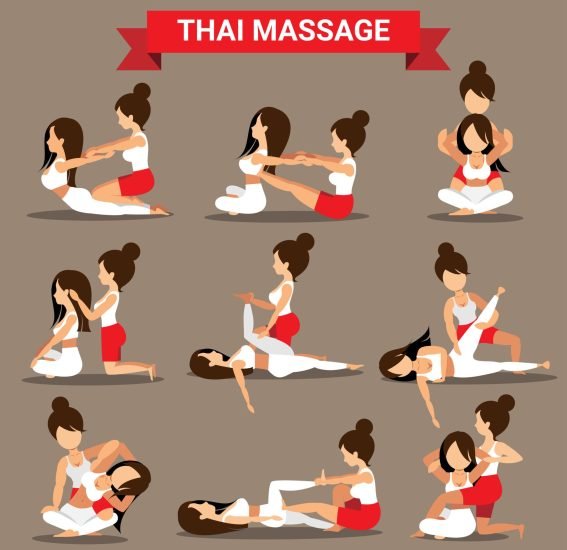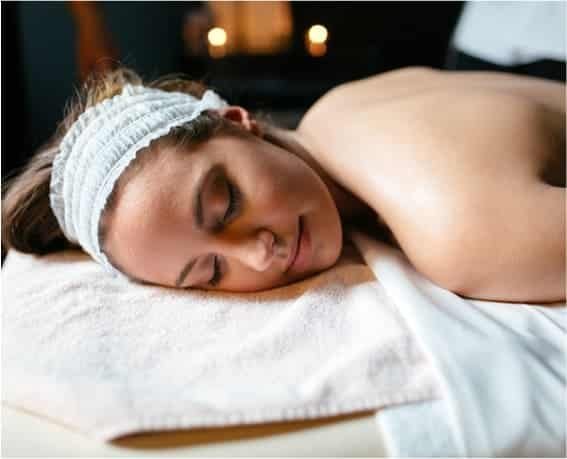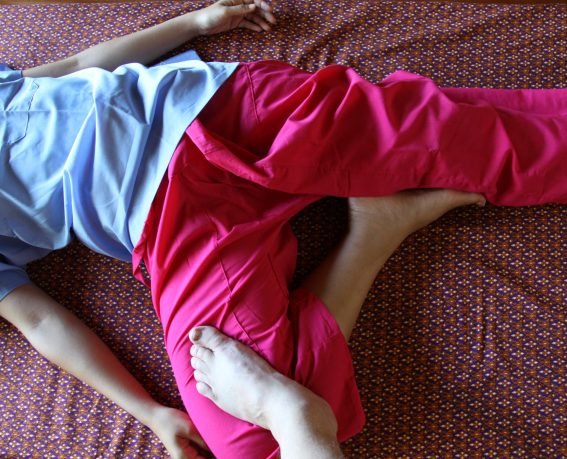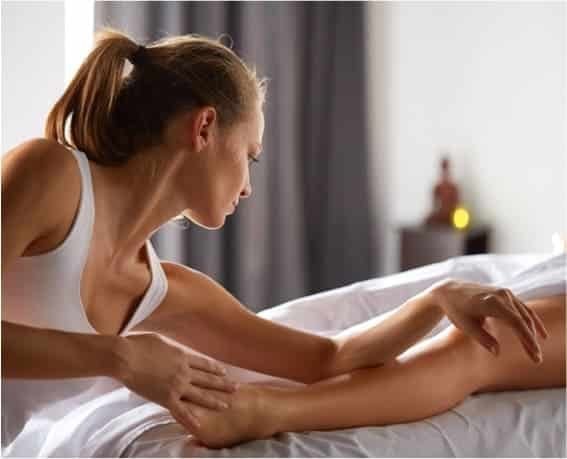Thai Massage
Thai Massage dates back to some 2,500 years and its origin is said to have come from India, during the time of the Buddha.

What is Thai Massage?
Shivago Komarpaj who was the physician to the Buddha was believed to have created it. Over the many years of Buddhism making its way into Thailand, the Thai Massage technique followed as well. Thai Massage is undoubtably one of the best massages for overall wellbeing. When a traditional Thai Massage is performed, you will be given a shirt and pants combination which you will be asked to change into. This type of clothing is loose fitting, should be clean and very comfortable to wear. Depending on the massage shop, they may have a mattress set up on the floor or a low set bed with a thin mattress. These are usually covered in silk, Thai designed cloth which wraps around the mattress. As you are also fully clothed, and the use of curtains may or may not be used during the treatment for privacy.
How is it performed?
During your Thai Massage your therapist will use pulling, stretching and rocking motions. Some masseuses may even walk or use their feet and weight on different parts of your body. The therapist will also use other parts of there body such as thumbs, knees and elbows during the session. A Thai Massage is not a relaxing massage and is not gentle. It can also be sometimes unpleasant and painful, but the gains of this type of massage out ways this unpleasantness it may give you. Your communication with the therapist is also important and if they speak good English then let them know in English if it is too painful. If you are in places such as Thailand the word for pain/hurt is “Jep”


What are the benefits?
Thai Massage can be used in the treatment of stress and to relieve muscular tension. There are so many other benefits to this form of massage which includes boosting energy, relieving headaches, helps with circulation and improves range of motion. A good Thai Massage therapist can adjust the intensity and pressure of the massage to suit the client. If you have extensive injuries, you must tell the therapist before any massage is performed.
Listed Benefits!
Helps to lower stress and can assist in overall relaxation once completed.
Boosts energy and mental stimulation.
Tension and tightness in the muscles can be released.
Improves range and motion of limbs and muscles.
Improves circulation, which brings more oxygen to muscles and other tissues.
The stretching can assist in mild muscle repair.


Risks Of A Thai Massage.
Due to great impact on the circulatory system, people with the following health conditions should consult their healthcare provider before seeking a Thai massage:
High blood pressure
Diabetes
Heart disease
Osteoporosis
Neurological diseases of the spinal cord
People who are pregnant, recovering from surgery or who have cancer should not partake in this type of massage.
